US President Donald Trump recently announced import tariffs on more than 180 economies, of which Vietnam is subject to a rate of 46%, the second highest among countries exporting to the US market.
What impact does the new tax policy have?
Dr. Chau Dinh Linh, lecturer at the Banking University of Ho Chi Minh City, commented that before the 46% tax rate was announced, it was necessary to accept the reality of what had happened and study flexible adaptation actions to this policy. According to him, it was necessary to clearly assess the specific impact of the tax rate on the economy.
Mr. Linh said that Vietnam had anticipated the imposition of new tariffs and had prepared response scenarios. This was reflected in diplomatic activities, policies, and economic contracts to balance the trade deficit between Vietnam and the US.
"The figure of 46% is surprising, and it was not possible to predict that the tax rate would be so high. In the near future, this policy will have certain impacts on Vietnam," he said.
Cars parked at the seaport (Photo: Phuoc Tuan).
According to Associate Professor Dr. Nguyen Huu Huan, the current tax rate of 46% may not be the final figure. It is likely that the Trump administration will adjust it to a lower rate, but still around 20%, instead of bringing it to 0% as before.
Mr. Nguyen Quang Huy, CEO of the Faculty of Finance and Banking, Nguyen Trai University, commented that the US imposition of a 46% tax on Vietnamese goods poses many challenges, especially for key export industries such as textiles, footwear, wooden furniture, electronic components, etc.
According to him, the tax increase makes Vietnamese goods less competitive in the US market, leading to a risk of declining orders and business profits. In particular, industries such as textiles, footwear, wooden furniture and electronics exports will likely be most severely affected...
USD flows into Vietnam may decline, creating pressure on exchange rates (Photo: Tien Tuan).
Mr. Pham Luu Hung, Chief Economist and Director of SSI Research, Head of SSI's Training and Development Department, commented that detailed information about the time of application of the 10% basic tax and the corresponding tax is still unclear, but is expected to have further updates in the next one to two weeks. The list of taxable items has not been specifically announced, but this tax rate only applies to products considered to "threaten" the economic security of the US.
Although the market was not surprised by the list of taxed countries, because the US had published a trade assessment report before, the high tax rate applied to Vietnam, according to Mr. Hung, was still surprising.
Mr. Hung said the impact on the economy could be significant. According to initial estimates, this tax rate could reduce GDP growth, even pulling GDP down below 7%. The bigger concern is the spillover effect, as the new tax policy could lead to a global economic recession.
However, the bright spot is that the majority of revenue of listed companies on the Vietnamese stock market still comes from domestic sources, accounting for about 80%, while revenue from foreign sources only accounts for about 20%. If the Government continues to promote domestic stimulus policies, public investment and domestic growth promotion, the impact on the stock market may be limited to about 20% of revenue of listed companies.
Mr. Hung believes that the 46% tax rate could be the ceiling, creating a negotiating space for Vietnam to negotiate with the US to reduce taxes. In fact, Vietnam has made many positive moves to adjust bilateral trade relations, such as reducing taxes on 14 items, amending intellectual property protection policies and opening up more to US agricultural products...
He expects that despite the negative impact in the short term, the situation will gradually stabilize in the long term, when negotiations take place and the tariff rate can be reduced to 10%.
Regarding the impact on industries, Mr. Hung assessed that businesses that export heavily to the US will be most heavily affected, especially the seafood industry - when high taxes almost become a form of anti-dumping tax.
On the contrary, businesses with revenue mainly from the domestic market will be less affected. In this context, if the Government continues to promote stimulus and public investment, the growth momentum of the economy this year may come from the domestic market.
Opportunity for Vietnam to expand market
Mr. Nguyen Quang Huy said that although the US is an important market, Vietnam can still take advantage of free trade agreements (EVFTA, CPTPP, RCEP) to boost exports to the EU, China, India, the Middle East and Africa. This is an opportunity for Vietnam to expand its market, reduce dependence on the US and diversify its customers.
"More importantly, businesses need to change their strategies, not just stop at processing but also improve the value chain, invest in brands and high technology to increase competitiveness," he said.
Some concerns are that FDI flows could be disrupted if foreign businesses fear rising production costs in Vietnam.
However, according to Mr. Huy, the FDI shift will not be too strong, because Vietnam still has advantages in low labor costs, favorable geographical location and attractive investment environment.
Even large corporations such as Apple, Samsung, LG, Intel... can choose to optimize their supply chains. Instead of leaving Vietnam, FDI enterprises will restructure production, optimize costs and expand markets outside the US. More importantly, if they leave Vietnam, they cannot return to China because the tax rates there are even higher.
However, according to him, in challenges there are always opportunities, and this is the time for Vietnamese enterprises to restructure and improve their competitiveness.
Despite the current challenging environment, there are still industries that have the opportunity to make a breakthrough during this period. The technology industry, especially artificial intelligence (AI) and semiconductor manufacturing, has strong growth potential if Vietnam focuses on investing in research and development (R&D). Expanding exports to new markets will also lead to increased demand for transportation, creating favorable conditions for logistics and port businesses to benefit from the trade restructuring.
In addition, the agricultural and seafood processing industry can increase the value of its products if it shifts from raw exports to deep processing, thereby expanding markets outside the US. Industrial real estate is also expected to continue to develop in the long term, as Vietnam remains an attractive destination for global supply chains, although foreign direct investment (FDI) flows may slow down in the short term.
In addition, the finance and banking sector also has many opportunities as Vietnam promotes the development of a regional financial center. If it makes good use of investment capital flows and international financial activities, this sector can become an important driving force to help the economy grow more sustainably in the future.
According to Mr. Huy, Vietnam not only needs to solve immediate problems but also take advantage of the situation to improve its competitiveness. This is the time for Vietnamese enterprises to break through and rise on the global trade map, instead of just playing the role of "processing workshops" for international corporations.
By taking advantage of trade agreements, increasing product value and proactively expanding markets, Vietnam can completely turn challenges into opportunities for more sustainable development in the future.
Vietnam can absolutely turn challenges into opportunities for more sustainable development in the future (Photo: Manh Quan).
Mr. Chau Dinh Linh believes that it is necessary to actively pursue the story of negotiation - bargaining. In the near future, during the negotiation process, there may be adjustments, including considering recalculating export taxes to the US. "When the trade deficit is reduced, the tax rate will be more positive. The important thing is to re-establish the trade balance between the two countries," he commented.
Next is the need to diversify export markets. In fact, the US imposes tariffs on many countries, not just Vietnam. This is an opportunity to see that other countries' markets are equally attractive to diversify export markets.
"This is the time to have a deeper understanding of economic strength, shift focus to the private economic sector, increase research and development (R&D) centers, increase technology, intelligence, and engineering content in products... and encourage people to consume domestic goods," Mr. Chau Dinh Linh emphasized.
"We need to have more detailed and specific policies to encourage the private economy to develop further. In the upcoming context, the economy may be difficult, so fiscal and monetary policies must be flexibly combined to achieve balance and harmonious coordination to achieve the ultimate goal of 8% GDP growth this year," the expert said.
Source: https://dantri.com.vn/kinh-doanh/chinh-sach-thue-quan-moi-di-tim-co-hoi-trong-thach-thuc-20250403124247344.htm


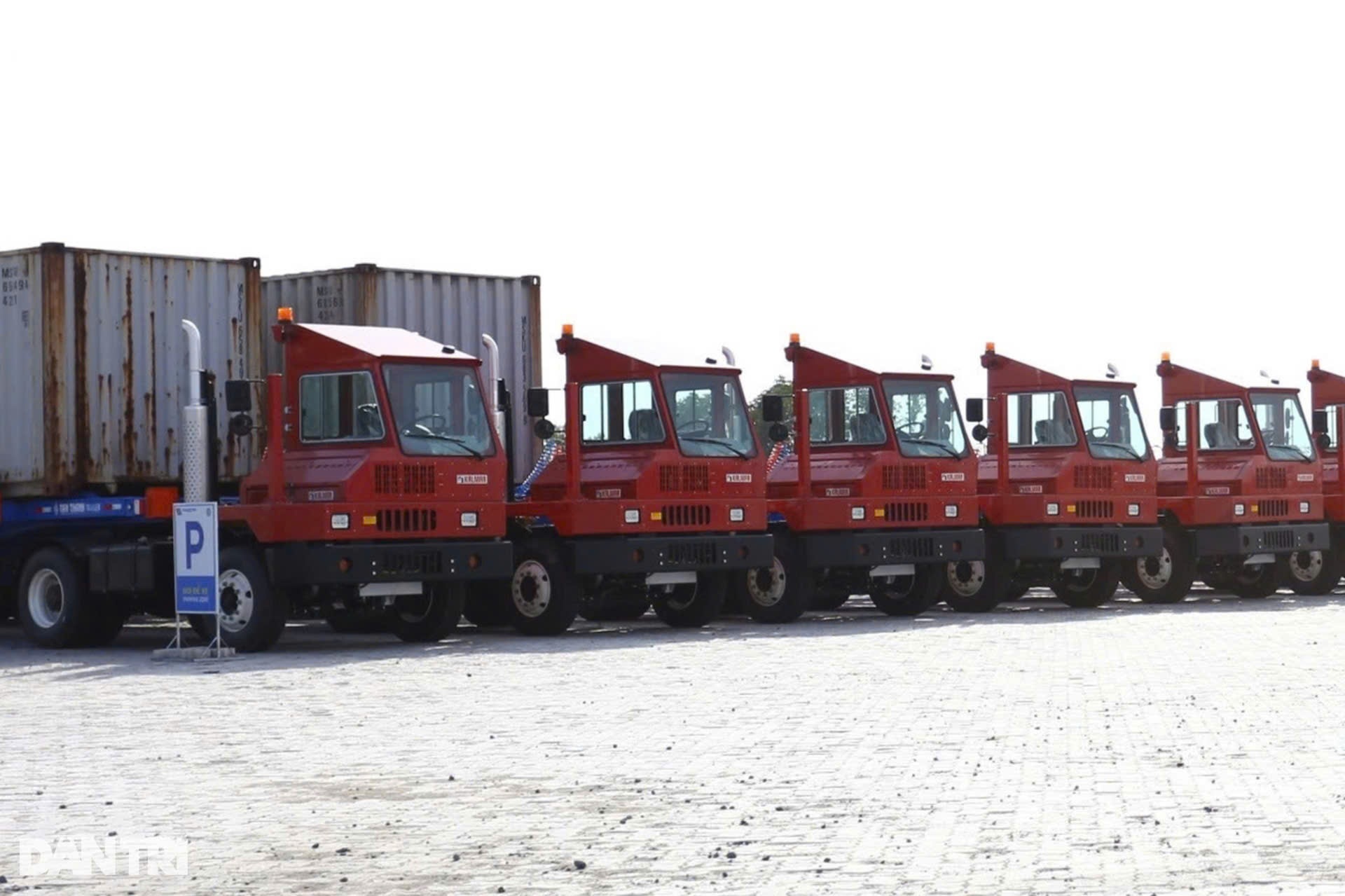
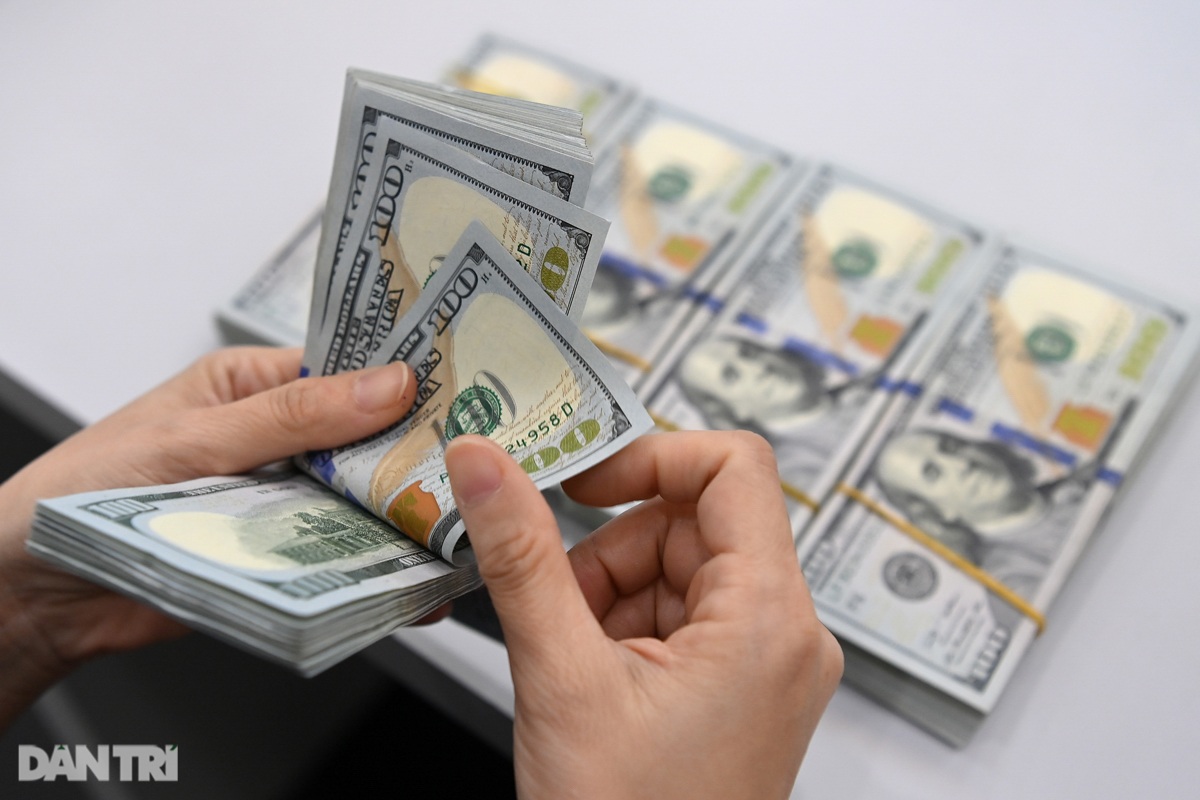


![[Photo] Overcoming all difficulties, speeding up construction progress of Hoa Binh Hydropower Plant Expansion Project](https://vstatic.vietnam.vn/vietnam/resource/IMAGE/2025/4/12/bff04b551e98484c84d74c8faa3526e0)


![[Photo] Closing of the 11th Conference of the 13th Central Committee of the Communist Party of Vietnam](https://vstatic.vietnam.vn/vietnam/resource/IMAGE/2025/4/12/114b57fe6e9b4814a5ddfacf6dfe5b7f)

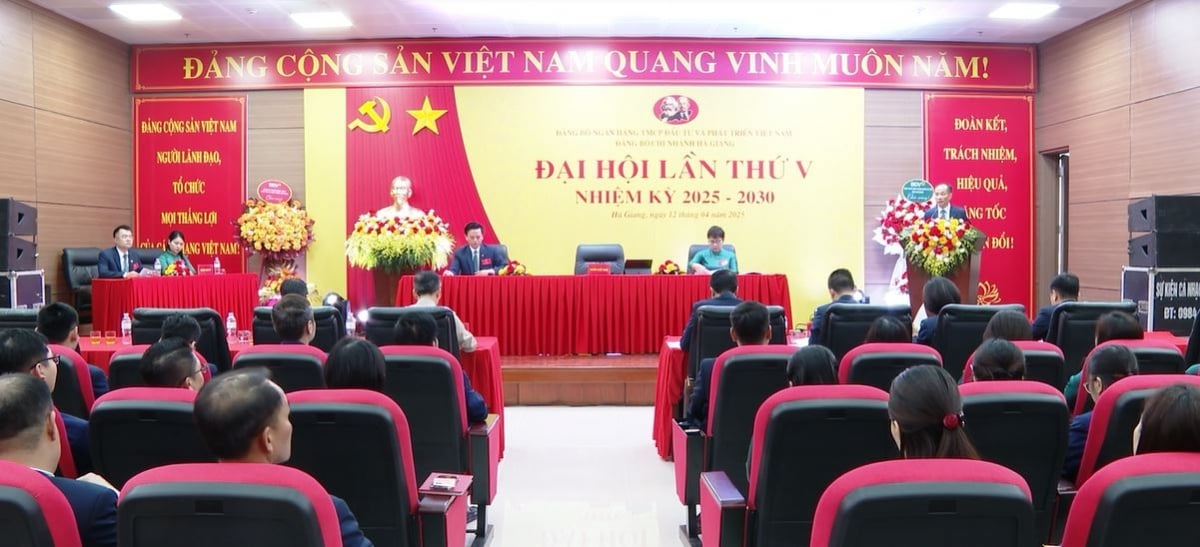


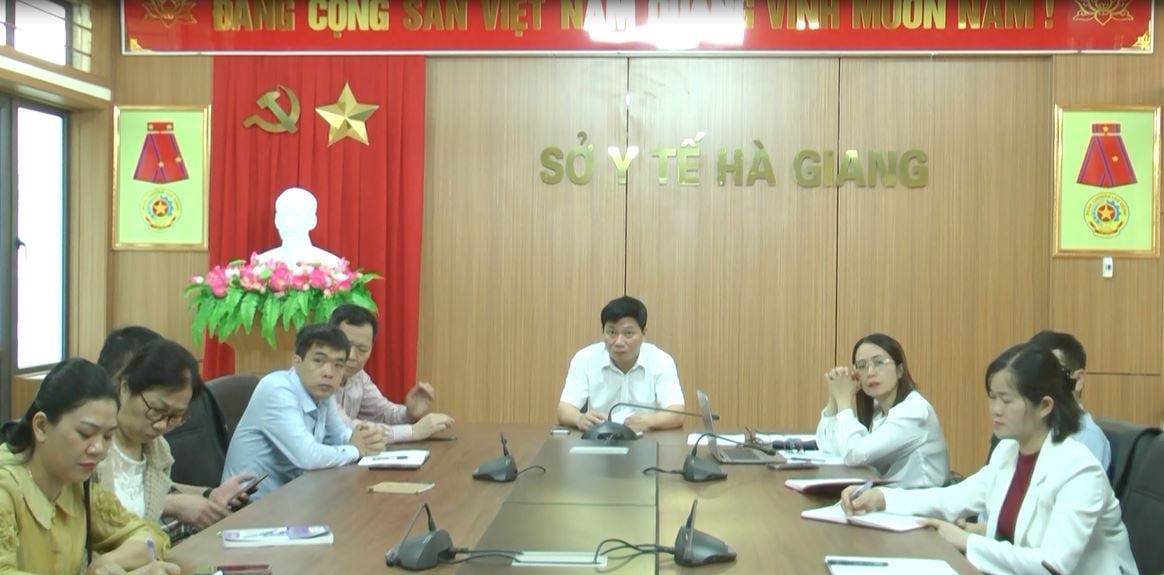

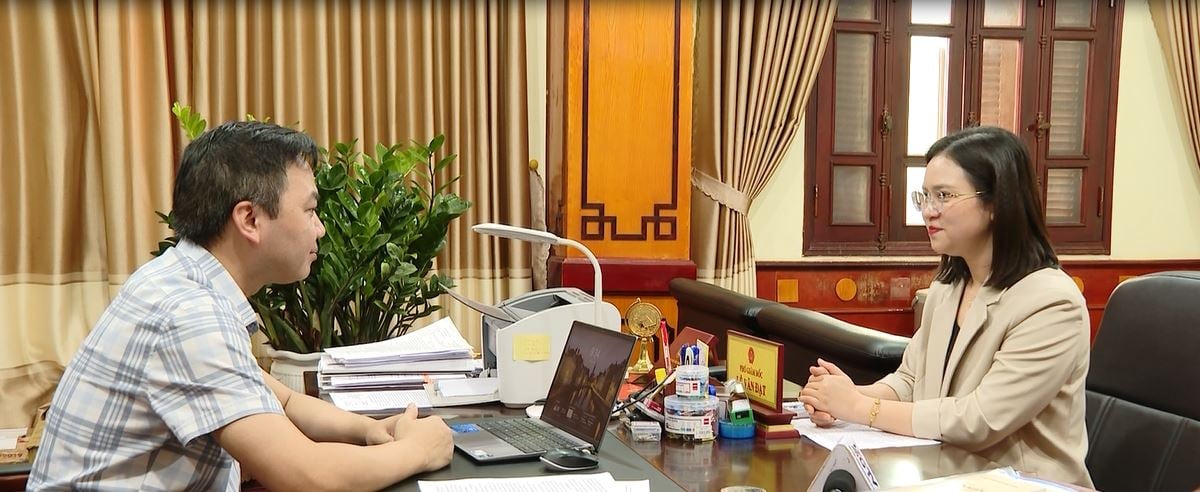




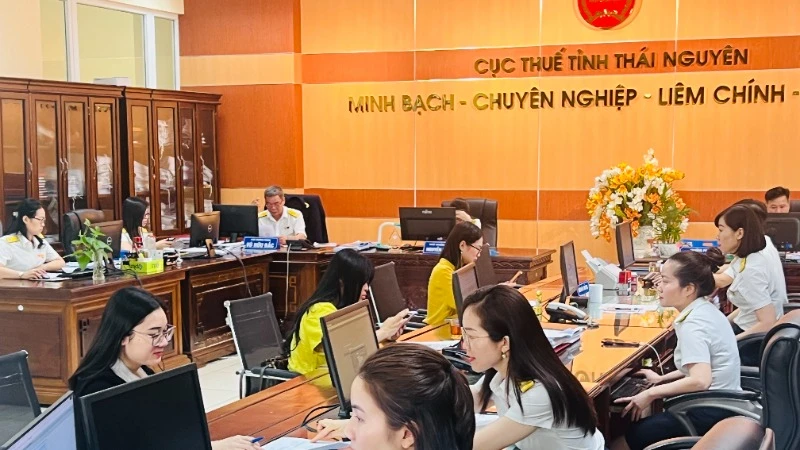






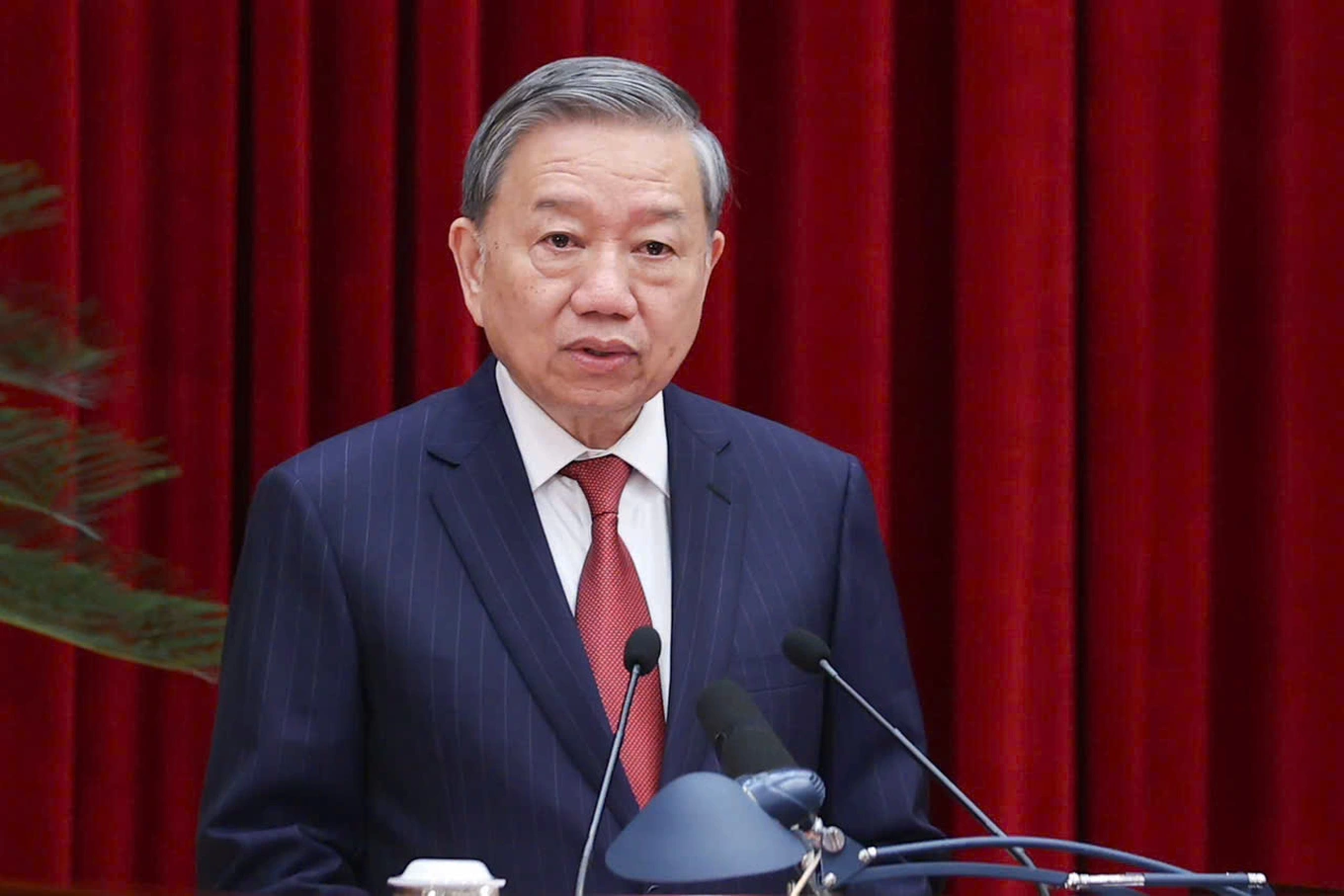















































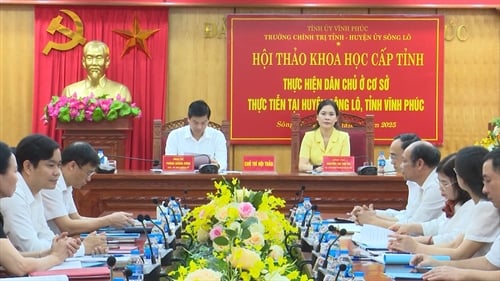

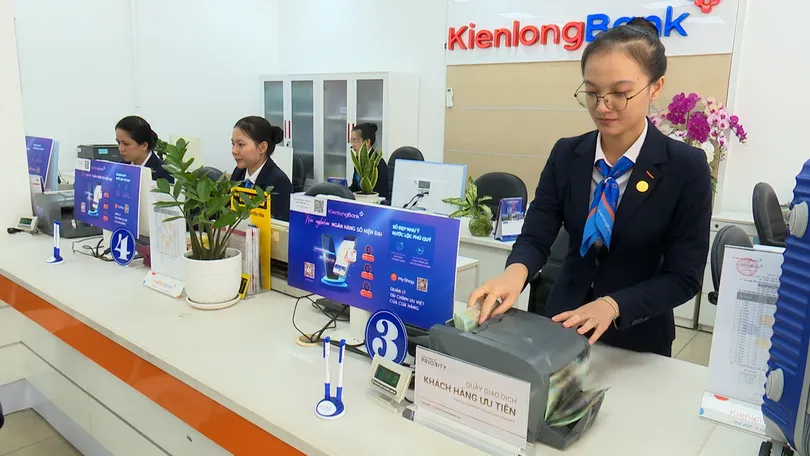
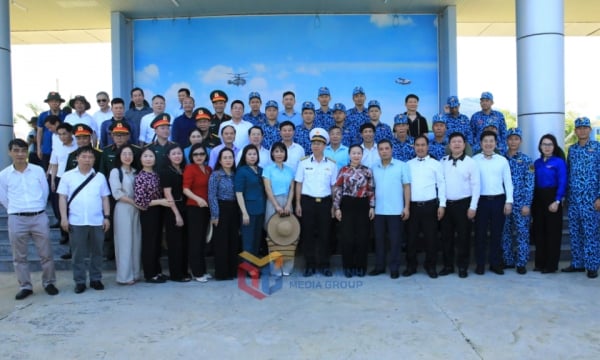











Comment (0)